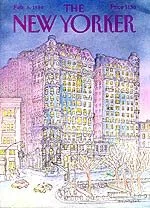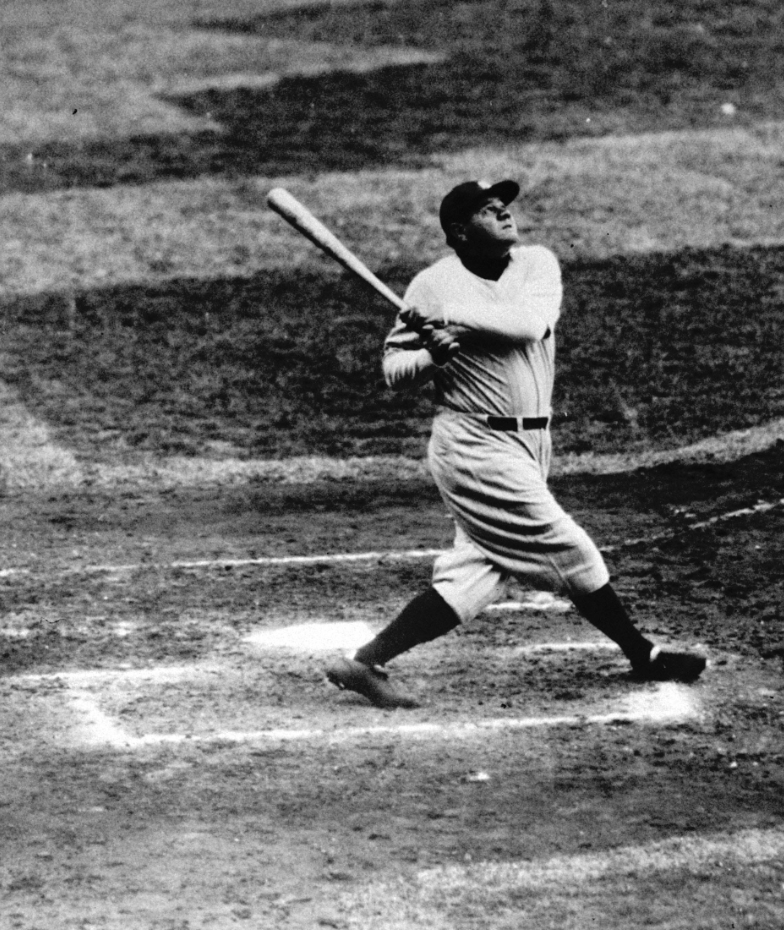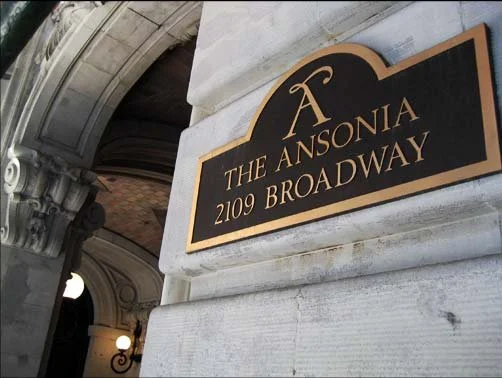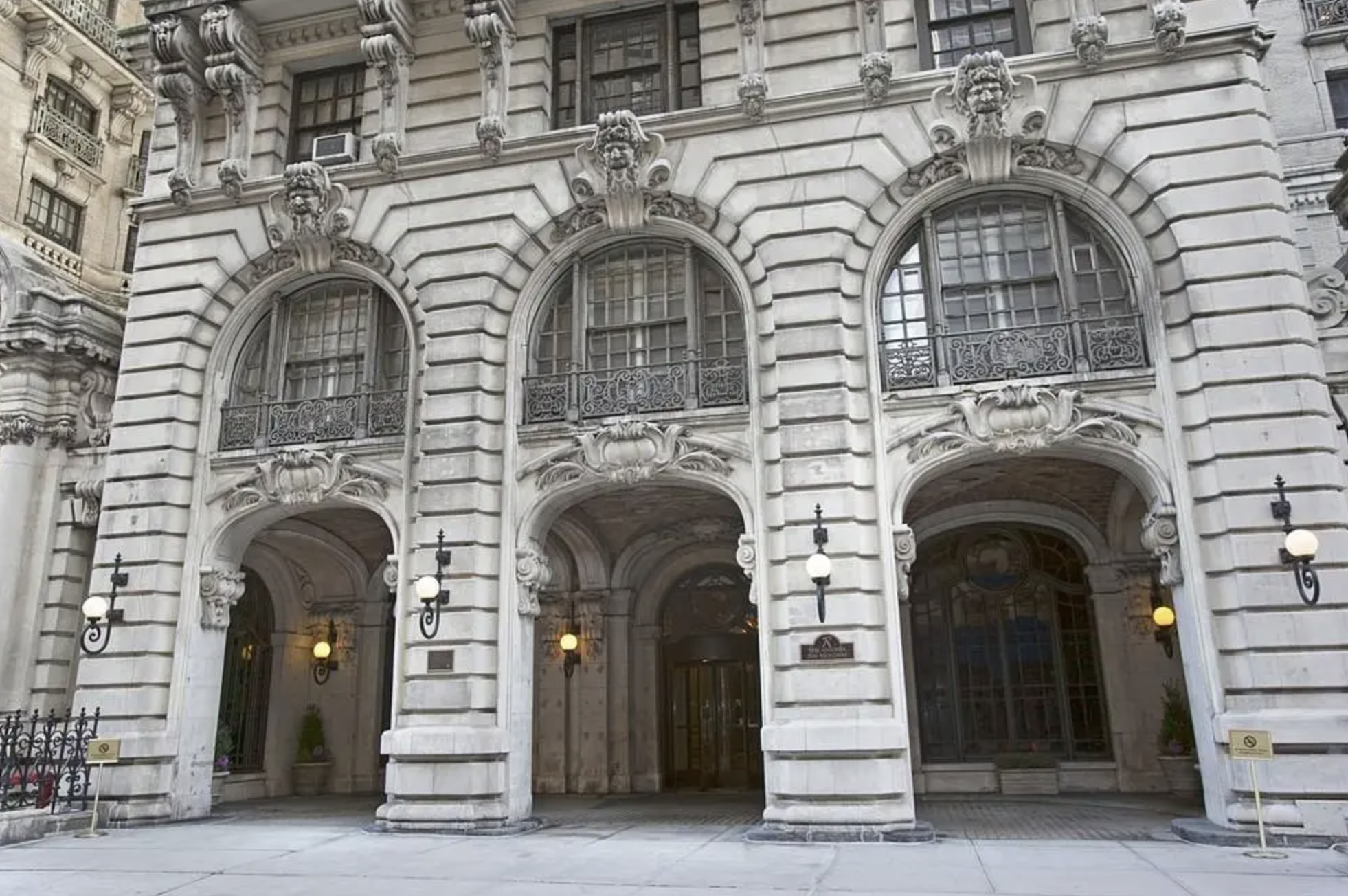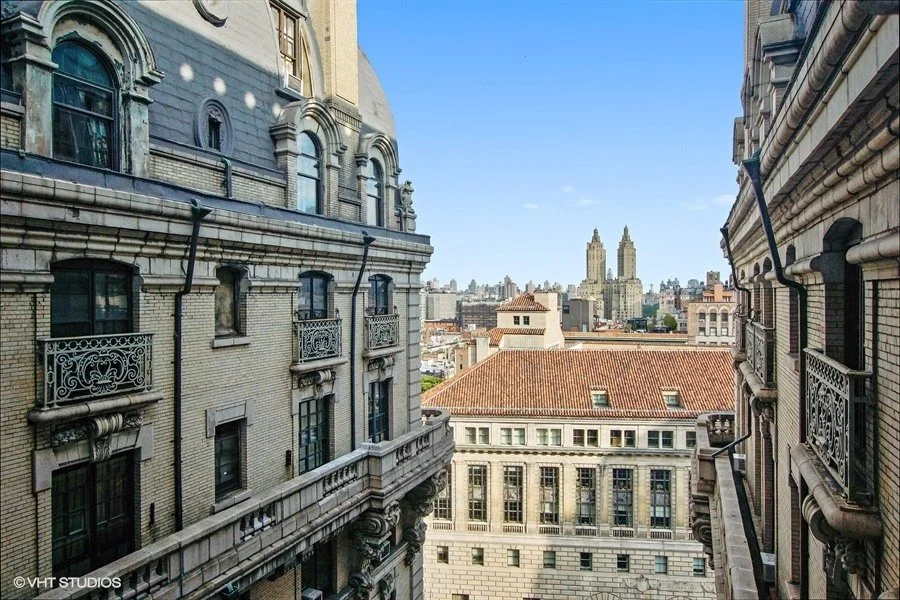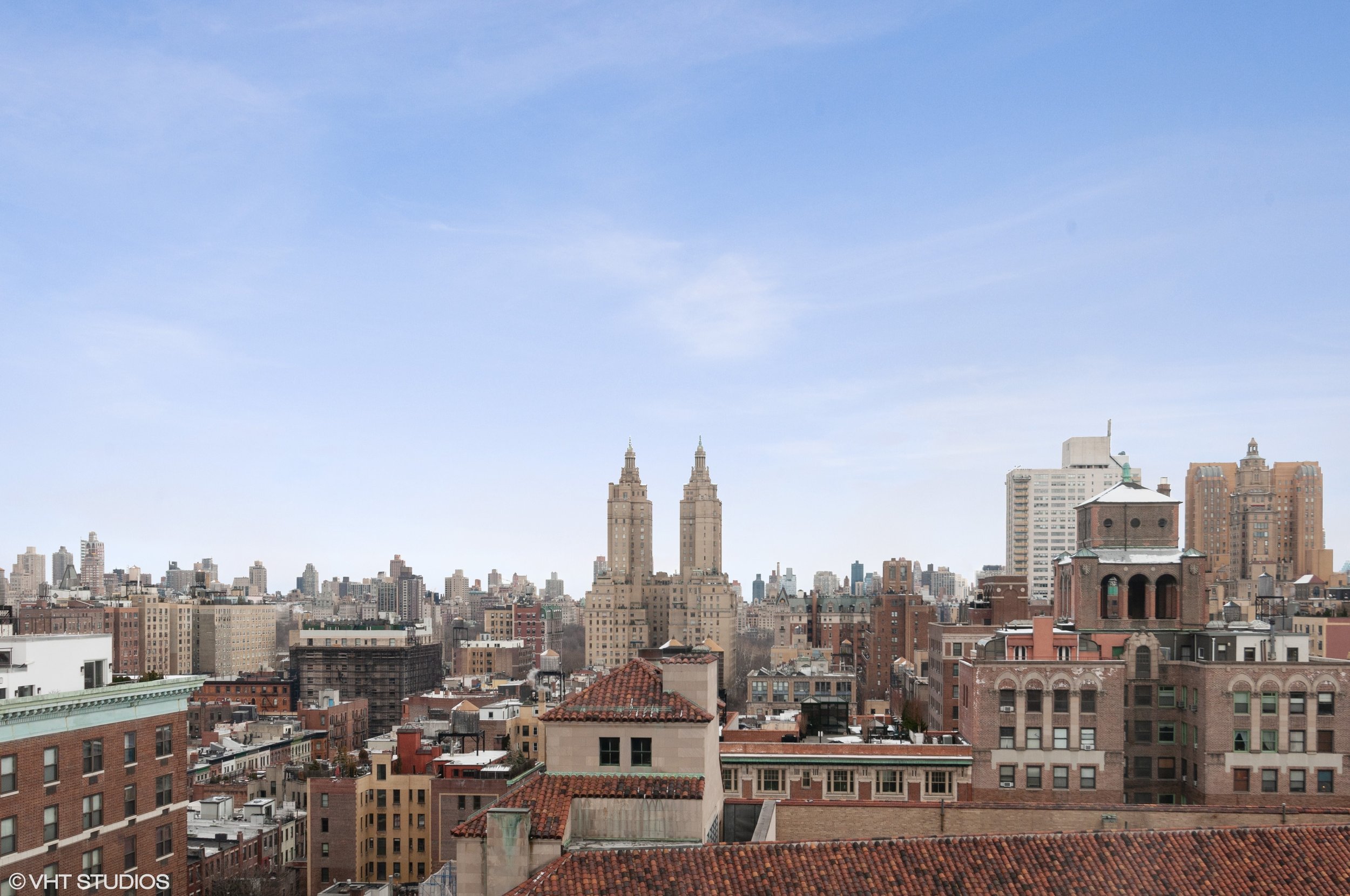
Every building has a history
Mr. Stokes' Marvelous Creation
The Ansonia was built by Phelps-Dodge copper heir William Earl Dodge Stokes, a noted builder and one of the leading developers of Riverside Drive, the Upper West Side, and the Broadway Mall. It was designed in accordance with his specific instructions by the prominent European architect Paul Emile DuBoy, who also designed the Soldiers' and Sailors' Monument on Riverside Drive at 89th Street. Construction began in 1899, and upon its completion in 1904 (when it was named for the Connecticut community founded by Stoke's grandfather, Anson Green Phelps of the Ansonia Brass & Copper Company), The Ansonia was the largest residential hotel of its day. Legend has it that Mr. Stokes wanted The Ansonia to be much taller, but stopped at the 17th floor because he liked the view.
A Hotel Unlike Any Other
In addition to 400 original residential suites and 1,218 rooms, The Ansonia had every luxury of the period, including a pneumatic tube system that allowed tenants to exchange messages and gossip; Turkish baths; six passenger elevators, as well as large service elevators and dumbwaiters for delivery to apartment kitchens; several restaurants decorated in the Gilded-Age style of Louis XIV; two swimming pools, including the world's largest indoor pool; basement shops; fresh eggs, courtesy of the chickens in Mr. Stokes' rooftop farm; and seals that frolicked in its lobby fountain. A list of The Ansonia's past guests and residents reads like a "who's who" of the art and entertainment world. Some of its most famous residents included musical immortals Enrico Caruso, Sergei Rachmaninoff, Igor Stravinsky, Arturo Toscanini, Gustave Mahler, Yehudi Menuhin, Lily Pons and Ezio Pinza; theatrical notables Sol Hurok, Florenz Ziegfeld, Sarah Bernhardt, Bille Burke, Moss Hart, Tony Curtis and Paul Sorvino; sports legends Babe Ruth and Jack Dempsey; and writers Elmer Rice, W.L. Stodard and Theodore Dreiser.
Glamour... Eccentricity... Intrigue
From the moment of its completion, The Ansonia inspired a unique aura of glamour, eccentricity and intrigue. Legends about its famous residents abound: Danish tenor Lauritz Melchior used its halls for target practice; Theodore Dreiser wrote An American Tragedy during his residence; the Secret Service foiled a German plot to blow it up on the eve of the Atlantic Fleet's Naval ball just before World War I; The Ansonia was the site of the Chicago White Sox conspiracy to throw the 1919 World Series; the building's vast size permitted ladies man Flo Ziegfeld to keep his wife and mistress in separate apartments; Bette Midler and Barry Manilow began their careers at the legendary Continental Baths; and Babe Ruth's neighbors were grateful for its thick, soundproof walls after living in The Ansonia inspired him to take up the saxophone.
What a Babe!
The Ansonia was Babe Ruth's first home in New York after the owner of the Boston Red Sox "sold" him to the Yankees to raise money to invest in the original production of No No Nanette in order to impress his girlfriend. This is the origin of "The Curse of the Bambino," which many believe is the reason the Red Sox didn't win a World Series for nearly 90 years. Living the life of a bachelor, Babe Ruth sowed his wild oats at The Ansonia, then New York's most elegant residential hotel. Legend has it that he chased women up and down the halls and had one employee dedicated to sorting his fan mail--"Keep the dough and the pictures of the broads, and throw the rest out," were his reputed instructions. He also became the beloved linchpin of "murderers row," the 1927 Yankees team that included Lou Gerhrig.
Beloved Landmark and Movie Star
The Ansonia is listed in the National Registry of Historic Places and was designated as a New York City landmark on March 14, 1972 by the New York Landmarks Preservation Commission, which called its effect one of "joyous exuberance profiled against the sky." The Ansonia's landmark designation was supported by a petition with over 25,000 signatures. The Ansonia has been in numerous films and commercials. It made its film debut in The Sunshine Boys. After starring in Single White Female, it was featured in the Natalie Cole video Take A Look, played home to Michael Keaton and Marissa Tomei in Ron Howard's The Paper, and had a cameo role in White Man's Burden, Gregory Hines' directorial debut.



